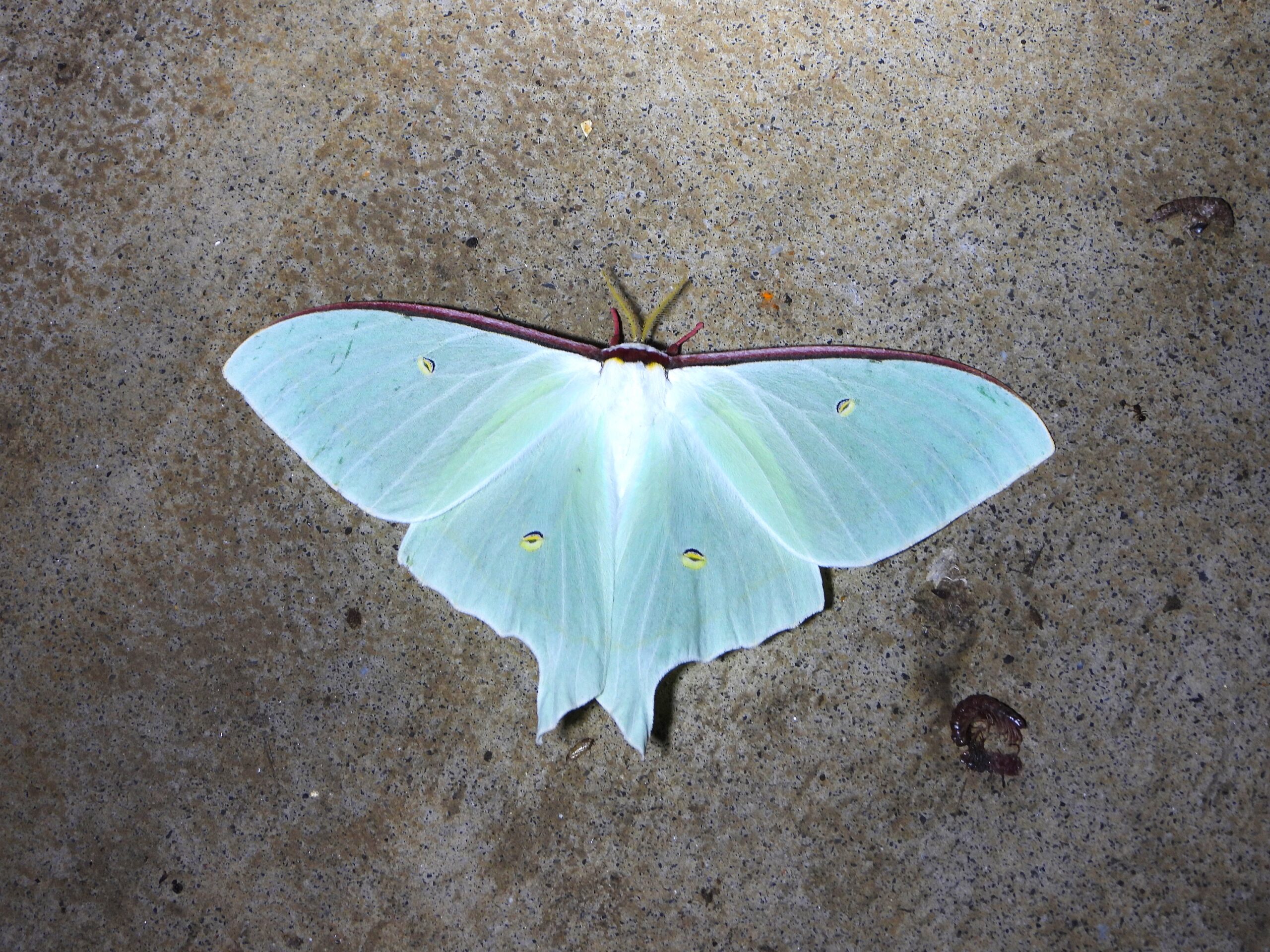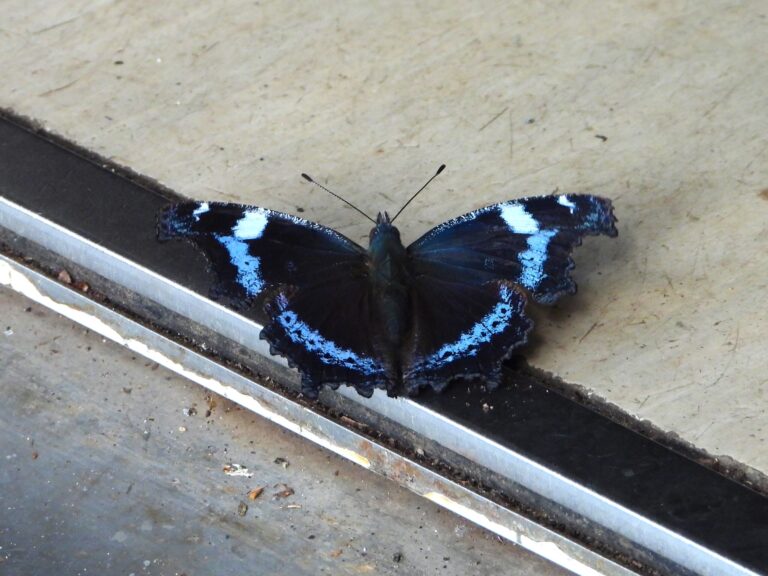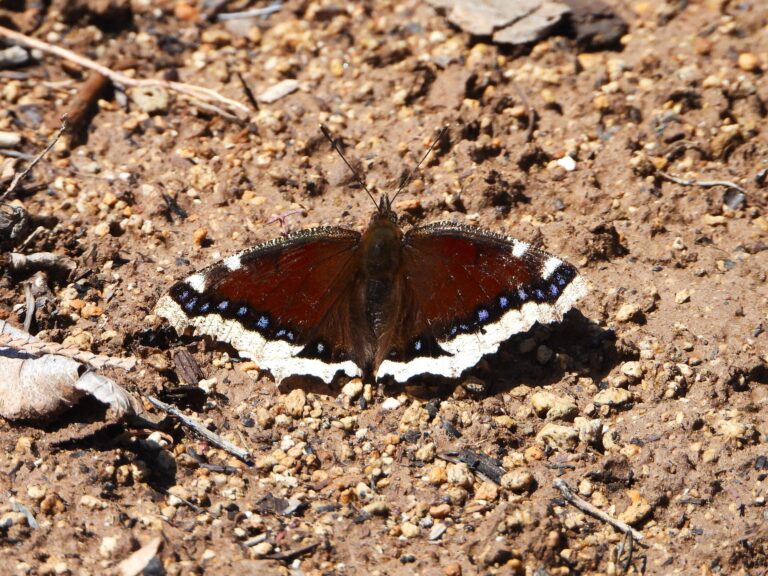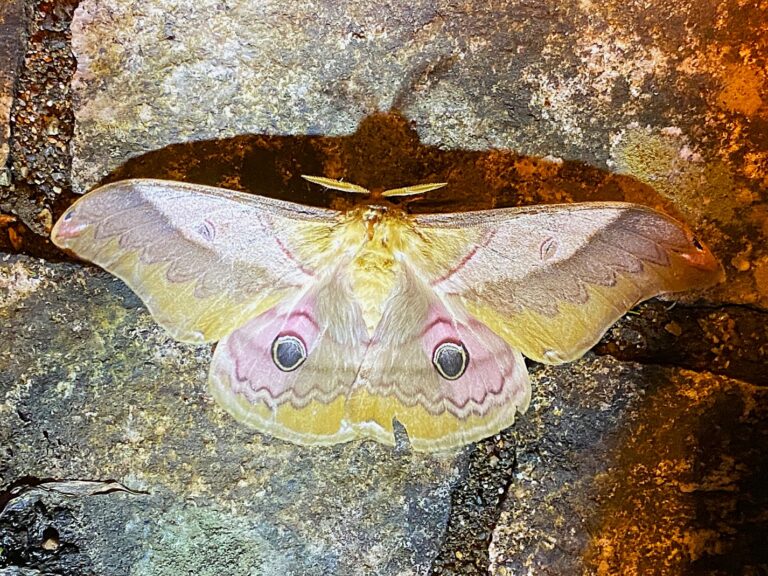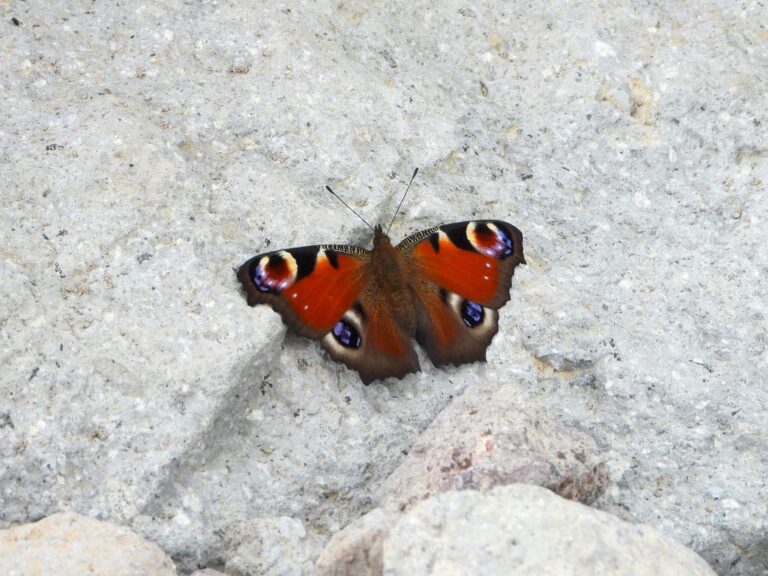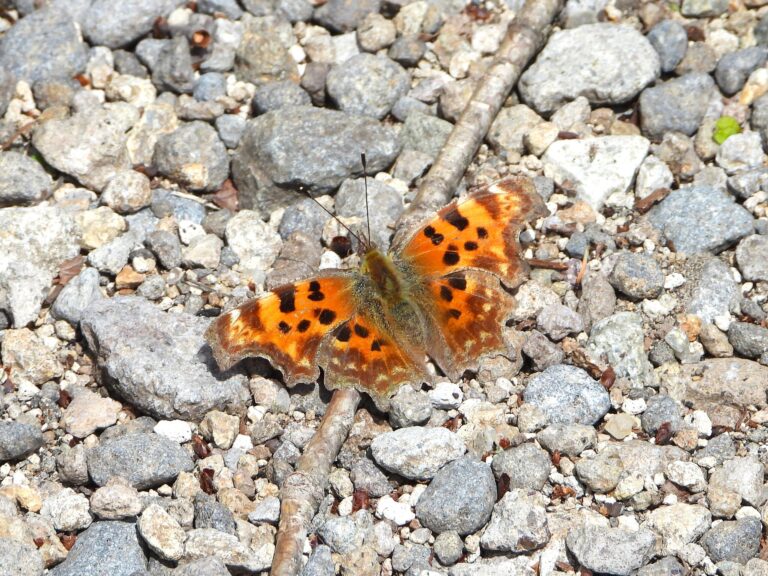Japanese Luna Moth (Actias aliena) – Wildlife of Japan
Introduction
The Japanese Luna Moth (Actias aliena), also known as the Japanese Moon Moth, is a large, pale-green Saturniid moth endemic to Japan.
It was once treated as a subspecies of Actias artemis but is now recognized as a distinct species based on morphological and genetic evidence.
This moth is admired for its delicate, luminous wings and long tails extending from the hindwings, which shimmer softly in the night air.
Beyond its biological beauty, it has also become a symbol of mystery and tranquility in Japanese nature culture.
Adults appear from late spring through summer, gliding silently through forests and occasionally visiting lights near wooded areas.
Appearance
The Japanese Luna Moth is unmistakable for its graceful shape and soft green coloration.
- Wingspan: 80–120 mm, occasionally reaching 130 mm in large females.
- Coloration: Translucent bluish-green with a faint yellow or pinkish margin along the forewings.
- Hindwing tails: Long, ribbon-like extensions characteristic of the genus Actias.
- Antennae: Males have large, comb-like antennae for detecting female pheromones.
- Sexual dimorphism: Females are larger and heavier-bodied than males.
- Larvae: Bright green, with small white tubercles, reaching around 70 mm before forming a silken cocoon among leaves.
Habitat & Distribution
This species inhabits deciduous forests and forest edges, where host trees are abundant.
- Range in Japan: Confirmed from Honshu, Shikoku, and Kyushu.
- Altitude: Found from lowlands to mountain forests.
Records from Hokkaido or neighboring countries remain limited and require further verification.
A closely related species, the Luna moth (Actias artemis), also occurs in parts of East Asia and is morphologically similar to A. aliena.
In Japan, A. aliena has long been distinguished from A. artemis based on subtle differences in wing shape and genetic data, but they can appear nearly identical in the field.
Older references may list A. aliena as a subspecies (Actias artemis aliena), which can lead to confusion.
Where to See in Japan
Adults can sometimes be seen at night near forested areas or lights close to woodlands between May and August, depending on region. The moth is nocturnal and occasionally visits artificial lights, which provides rare opportunities for observation.
Behavior
- Activity: Nocturnal; males actively search for females during calm evenings.
- Flight period: One or two generations per year, depending on climate — single-brooded in cooler areas, double-brooded in warmer regions.
- Adult lifespan: Very short (several days to a week). Adults do not feed, surviving solely on energy stored during the larval stage.
- Light attraction: Occasionally drawn to lights, a behavior shared among many Saturniidae moths.
Diet
- Larvae: Feed primarily on oak species (Quercus acutissima, Q. serrata, Q. myrsinifolia), confirmed by laboratory and field records.
- Adults: Non-feeding; mouthparts are reduced and non-functional.
Reproduction
After emergence, males locate females by following airborne pheromones.
Mating occurs soon after, and females lay eggs on host leaves.
The pupa overwinters within a silken cocoon attached to leaves or branches.
(Confirmed overwintering stage: pupa – NBRP data)
Conservation
The Japanese Luna Moth is not listed as threatened in Japan.
However, localized declines could result from forest loss, artificial lighting, and reduced diversity of broadleaf trees.
Further ecological monitoring would help clarify population trends.
Author’s Impression
I often see these moths gathering around streetlights in forests or parks. Their beauty always stops me in my tracks, and I can’t help but watch them closely. Among all Japanese moths, this one feels the most mysterious.

